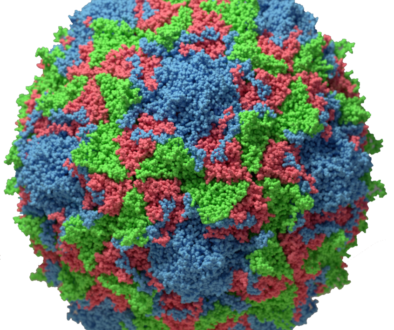Multidrug resistance (MDR)
A remarkable increment of resistance among the significant bacterial pathogens is recognized as a major threat to global health, food security, and development, imperiling the successful outcomes of critically ill patients. Multidrug resistance (MDR) is a condition when a microorganism becomes insensitive or resistant against the administered antimicrobial drugs which are further responsible for prolonged illness, highly expensive for health care, and high risk of death among the patients. It can be classified as primary or secondary or clinical resistance. Worldwide cases of microbial infections have drastically increased in recent years, responsible for the emergence of resistance among the various strains of microorganisms. The mechanism of action of antimicrobial drugs is that it generally acts on the microbes either by inhibiting a metabolic pathway which in turn leads to the inhibition of DNA or RNA or protein synthesis causing the disruption of the cell membrane or by competitive inhibition of enzyme catalysis involved in cell wall synthesis. Bacteria, fungi, viruses, and parasites are referred to as “superbugs” as they have employed high levels of resistance against these drugs along with enhanced morbidity and mortality. The growth of MDR is an inevitable natural phenomenon. Bacteria use two major genetic strategies to overcome the effectiveness of antimicrobial drugs including-
- Chromosomal mutations
- Horizontal gene transfer (HGT)
Major factors including inappropriate use of antimicrobial drugs, inadequate sanitary conditions, unsuitable food-handling, and meager control practices are accountable to contribute additional spread of MDR. These factors have made antibiotic resistance a serious concern among immunocompromised patients, making their body an easy target for hospital-acquired infectious diseases. Some other causes responsible for antibiotic drug resistance are
- Selective Pressure
- Mutation
- Gene Transfer
- Societal Pressures
- Inappropriate Use
- Inadequate Diagnostics
- Hospital Use
- Agricultural Use
MDR occurs when microorganisms change in response to prolonged drug exposure resulting in the advent of antibiotic-resistant strains which is associated with high mortality rates and is highly expensive. One of the most important diseases prone to MDR is malaria, caused by Plasmodium falciparum. An alternative example is the protozoan parasite, Entamoeba spp. which sources amoebiasis is also a main public health threat in numerous tropical and subtropical countries. A growing number of infections caused by Staphylococcus aureus, Enterococcus faecium, Acinetobacter baumannii, Pseudomonas aeruginosa, Klebsiella pneumoniae, and Enterobacter spp are harder to treat with antibiotics. The treatment has become highly expensive due to MDR as the pathogens have become resistant to commercially available drugs, which has compelled the continuous development of newer drugs. Moreover, cooperative action is a must to combat MDR worldwide. Improved knowledge of molecular mechanisms controlling MDR, improving surveillance of antibiotic-resistant infections, and promoting the appropriate use and disposal of quality medicines can help to fight these uncompromised infections. Supplementary research will help to promote a deeper understanding of the pathobiology of microbial organisms.
SNI Publications invites you to share your knowledge and recent advancement on Multidrug resistance (MDR) by publishing your work with the Journal of Current Emergency Medicine Reports also a small piece of information that can be shared here itself in the comment section.



